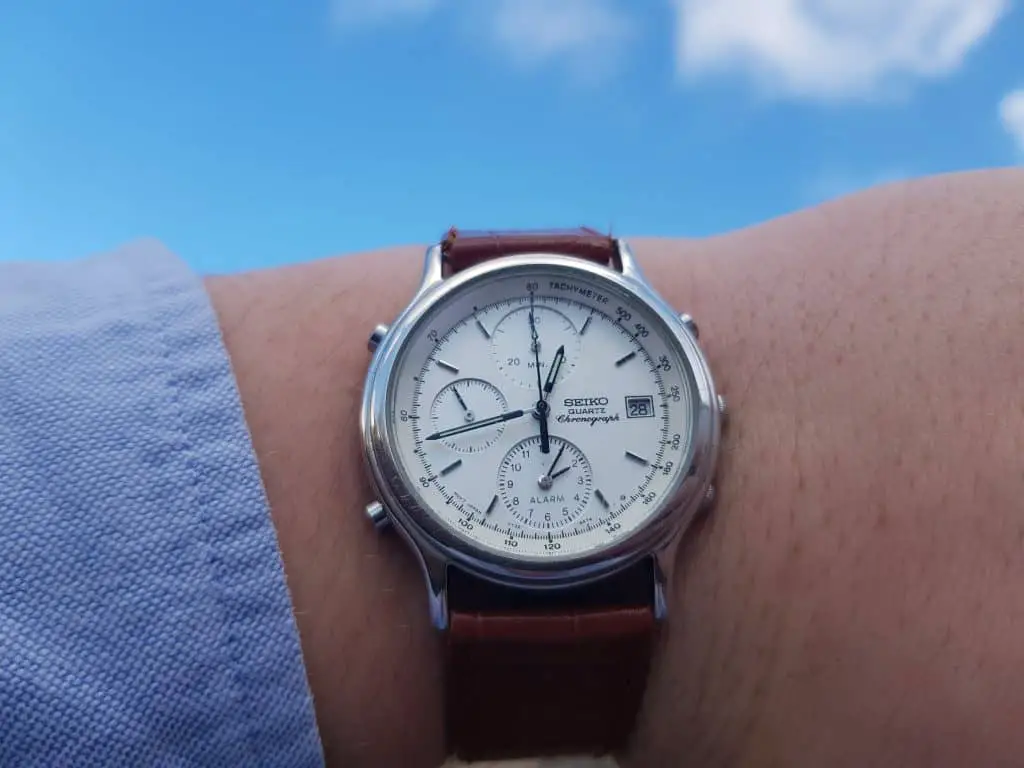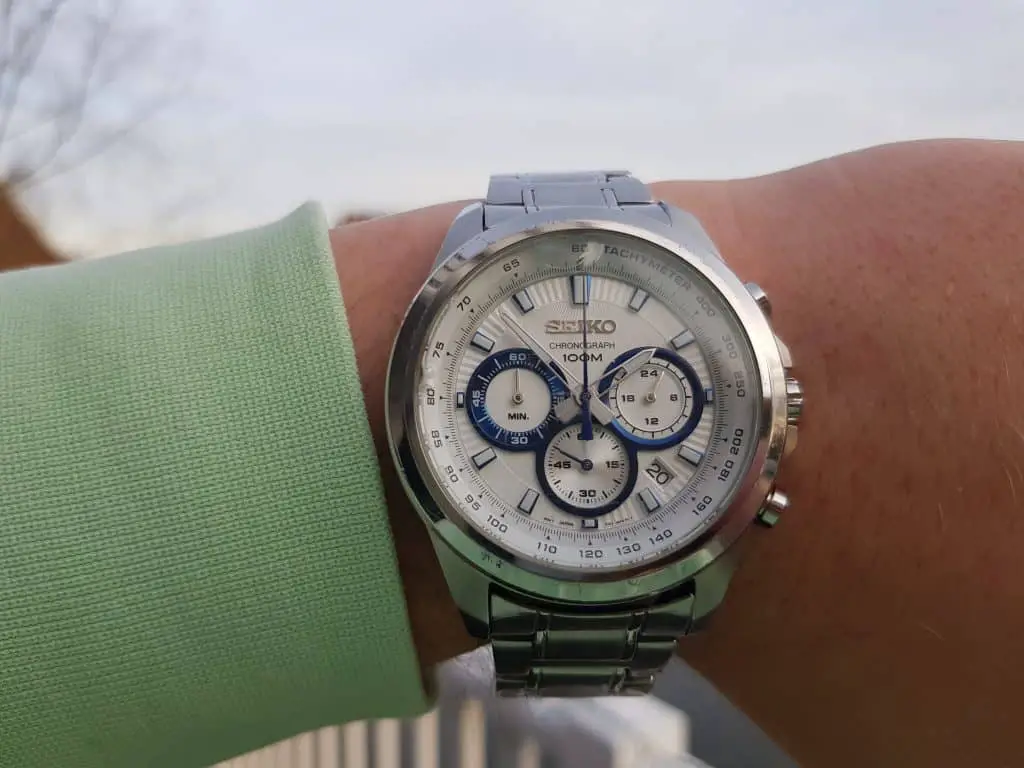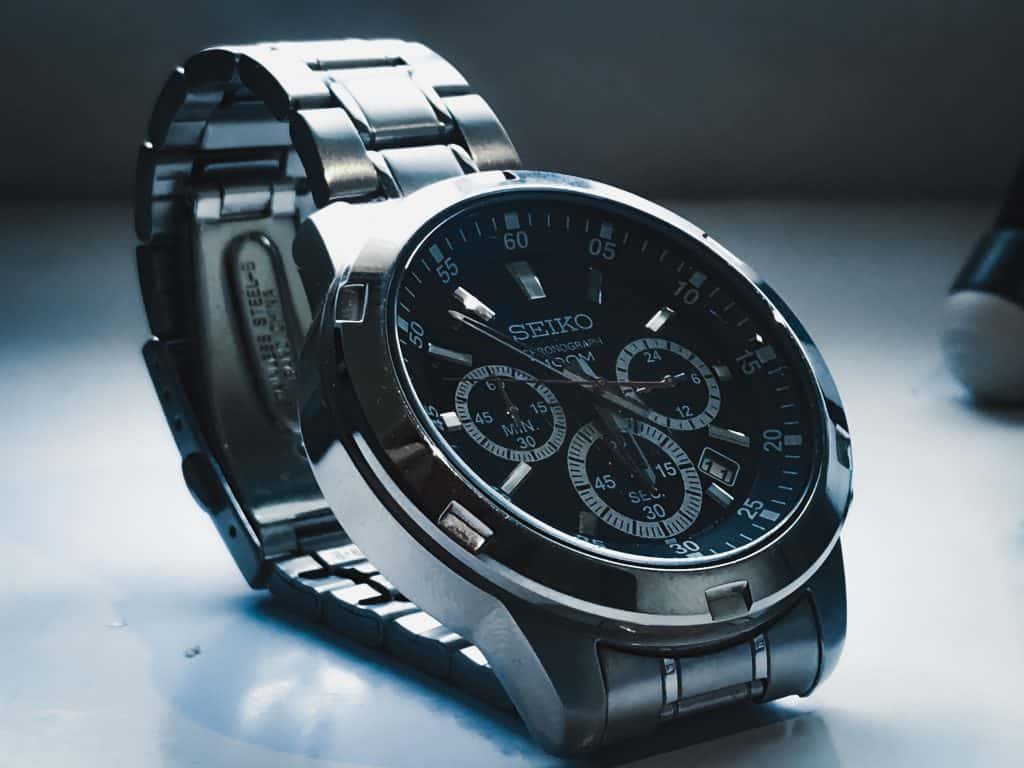Seiko is one of the most respected watch brands, and unlike most brands, it’s actually not from Switzerland. Seiko is a brand that originated in Japan, but where are Seiko watches made?
Seiko watches are produced in Japan. They also have strictly controlled production in Malaysia, China, and Singapore. The Seiko manufacturing process is an in-house process, ensuring all watches are of the same excellent quality. Grand Seiko watches are completely made and manufactured in Japan.
The manufacturing process of Seiko is an in-house process, but it is spread out over several countries. In this article, we’ll go over where Seiko watches are made, how you can find out where your Seiko watch is made, and we’ll also touch on Grand Seiko, the luxury segment of Seiko!

Table of Contents
Where Does Seiko Make Its Watches?
Seiko is a watchmaking giant that produces multiple millions of watches every year. To produce such a large volume, Seiko had to expand beyond just their factories in Japan. Currently, they have subsidiaries in:
- China
- Malaysia
- Singapore
These subsidiaries mainly produce the Seiko movement, either a quartz movement or a mechanical movement.
To be a little more specific, Seiko watches that are sold at a retail price of $838 or lower typically don’t have a large enough profit margin to be fully made in Japan. Wages in Japan are higher than in other Asian countries, so in order to keep the profit margin as high as possible, the cheaper watches are typically made in foreign countries.
Watches that cost between $838 and $2328 have a large enough profit margin to be partly assembled or finished in Japan, while watches with a retail price of $2328 are fully made and assembled in Japan.
The bulk of the Seiko manufacturing process takes place in Japan, though, and the subsidiaries are 100% owned by Seiko. This allows Seiko to brand their watches as ‘Made in Japan’, a title that carries a lot of prestige, as Japanese watches are known to be of excellent quality.
The ‘Made in Japan’ title is somewhat similar to the ‘Swiss made’ title, although a lot easier to acquire. For a watch to be branded ‘Swiss made’, the watch needs to meet these requirements:
- 60% of the manufacturing costs must be made in Switzerland.
- 60% of the components need to originate from Switzerland.
- The movement has to be Swiss.
- The watch needs to be assembled in Switzerland.
For a watch to be branded ‘Made in Japan’, the watch needs to adhere to these guidelines:
- The watch must be made in Japan.
- Or the watch must be made in a 100% Japanese-owned factory in a different country.
Since Seiko wholly owns its subsidiaries, they can still brand their watches as ‘Made in Japan’, even if the movement/other parts were made in China, Malaysia, or Singapore.
Regardless of where the watch and its components were made, a Seiko watch is always 100% made within Seiko premises under strict quality control. Everything from the bracelet to the case to the tiny quartz crystals within the movement originates from Seiko itself.
Why Doesn’t My Seiko Say Made In Japan?
Seiko has two different classifications of watch types; ‘J’ and ‘K’. Seiko watches classed with ‘J’ are made in Japan, while watches classed with ‘K’ are made outside of Japan. Aside from the different countries where the watch is made, there’s no difference between either.
Both the ‘J’ and ‘K’ watches are identical on the wrist. The only difference is that Seiko watches branded with ‘J’ have the text ‘Made in Japan’ written between the numbers 6 and 7 on the dial. Also, on the case back, you can find mentions of ‘Japan’, while ‘K’ watches have no mention of the word ‘Japan’.

Although both ‘J’ and ‘K’ watches are practically the same, there is a slight price difference. Watches that were made in Japan can cost up to 10% more than a watch made outside of Japan, even though it’s the exact same model.
The reason for that is the fact that people simply prefer a watch that was made in Japan over a watch that was made in Malaysia or China. Even though both factories have the same standards, using the same parts, producing the same watch, the ‘made in Japan’ title feels better to many people.
On top of that, wages in Japan are also much higher than in countries like China or Malaysia, so to recuperate some costs, the watches are slightly more expensive.
Why Are Some Seiko Watches So Cheap?
Seiko’s production process is entirely in-house, which means they can control the costs. Their process is also streamlined to the point where they can offer amazing watches for affordable prices. They also have subsidiaries in countries with relatively low wages.
In general, there are several factors that allow Seiko to keep the prices low:
- Everything is produced in-house.
- They have subsidiaries in countries with lower wages.
- The more affordable models are typically quartz watches made with more affordable but high-quality materials.
Everything Is Produced In-House
Over the 130+ years that Seiko has been around, they have managed to build an extremely streamlined process. Literally everything happens in-house, meaning they have complete quality control over every little aspect.
Everything from the springs to the gears to the quartz crystals is made and assembled in-house. This gives Seiko fantastic control over their quality. Only 1 in every 10.000 Seiko watches ends up being faulty. Of course, such a low defect ratio means less spillage and overall lower production costs.
Seiko Owns Subsidiaries In Countries With Lower Wages
The fact that Seiko has a low defect ratio is only a minor contributor to the affordable prices. Much more impactful are the subsidiaries in countries with relatively low wages.
Wages in countries like China and Malaysia are much lower than wages in Japan. This allows Seiko to pay less per worked hour, which can be reflected in the price.
Cheaper Models Use Cheaper Materials
Most of the more affordable Seiko models are made with more affordable materials. This is not to say that an affordable Seiko watch is of bad quality, but don’t expect to find a golden mechanical watch with a sapphire crystal.
Instead, you’ll most commonly find a quartz watch with either a stainless steel or leather strap. Additionally, the watch face is typically covered by mineral glass instead of the more scratch-resistant and expensive sapphire glass.

All of this is not to say that affordable Seiko watches are cheaply made. In fact, the opposite is true, as Seiko watches, regardless of their price range, are known to be of fantastic quality. It’s one of the main reasons why the brand is still so respected and popular, even after 130+ years.
Where Does Grand Seiko Make Its Watches?
Grand Seiko watches are entirely made and assembled in the Shizuku-Ishi watch studio in Morioka, northern Japan. All parts, including the movement, are made in Japan.
Grand Seiko is Seiko’s luxury sister company that rivals the likes of Rolex in terms of quality. It’s important to know that Seiko and Grand Seiko both target a completely different groups of people.
While Seiko watches can be categorized with brands like Citizen, Grand Seiko is in the upper-echelon of watchmaking. These watches come with a hefty price, but you get a true work of art.
Because Grand Seiko is aimed to create luxurious timepieces, the manufacturing process 100% takes place in Japan. Like Seiko, everything is done in-house, but Grand Seiko has no subsidiaries in other countries.
Earlier in this article, we mentioned how it makes financial sense for watches with a retail price of $2328 or more to be entirely made in Japan, and Grand Seiko meets this price range.
